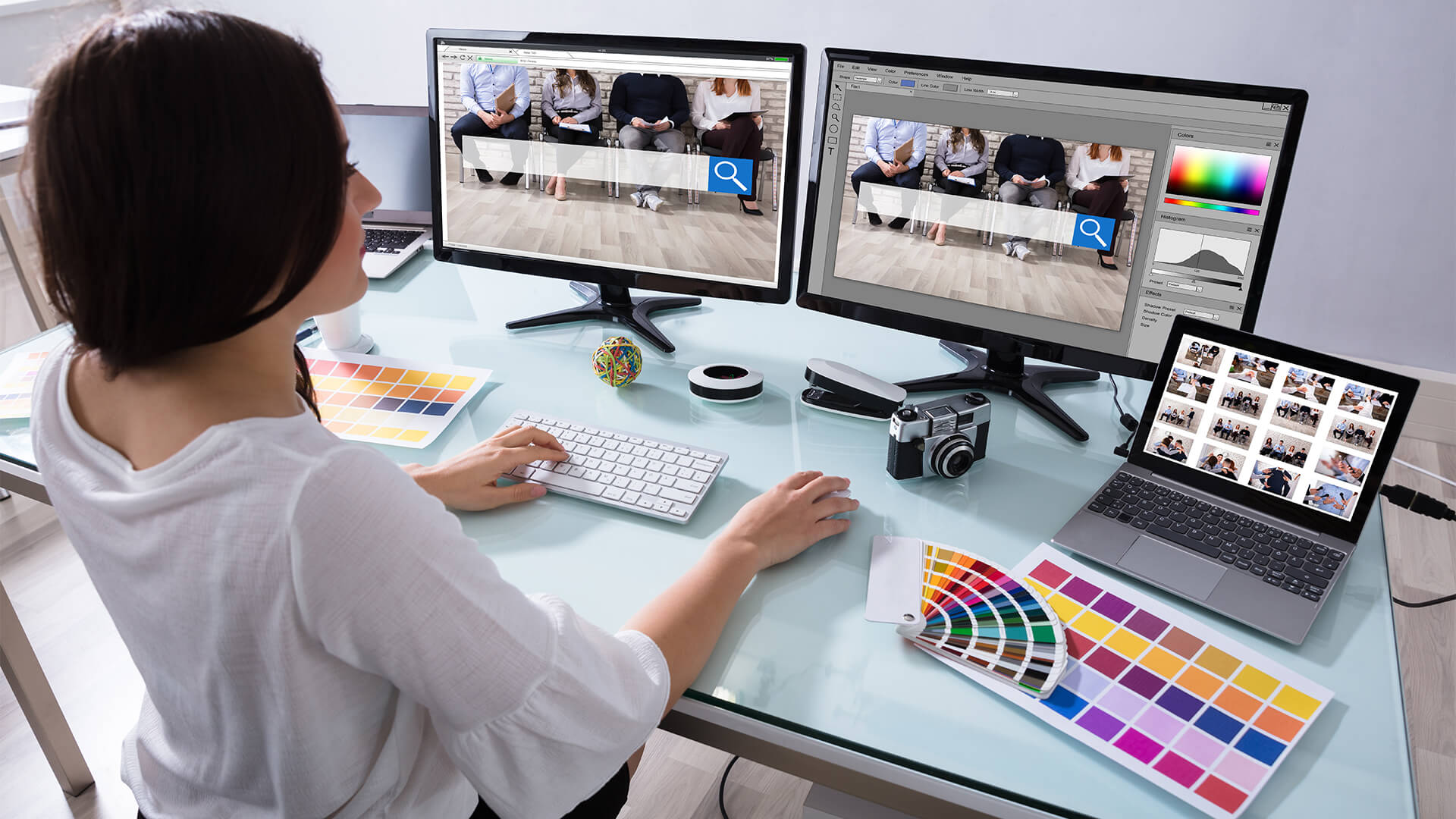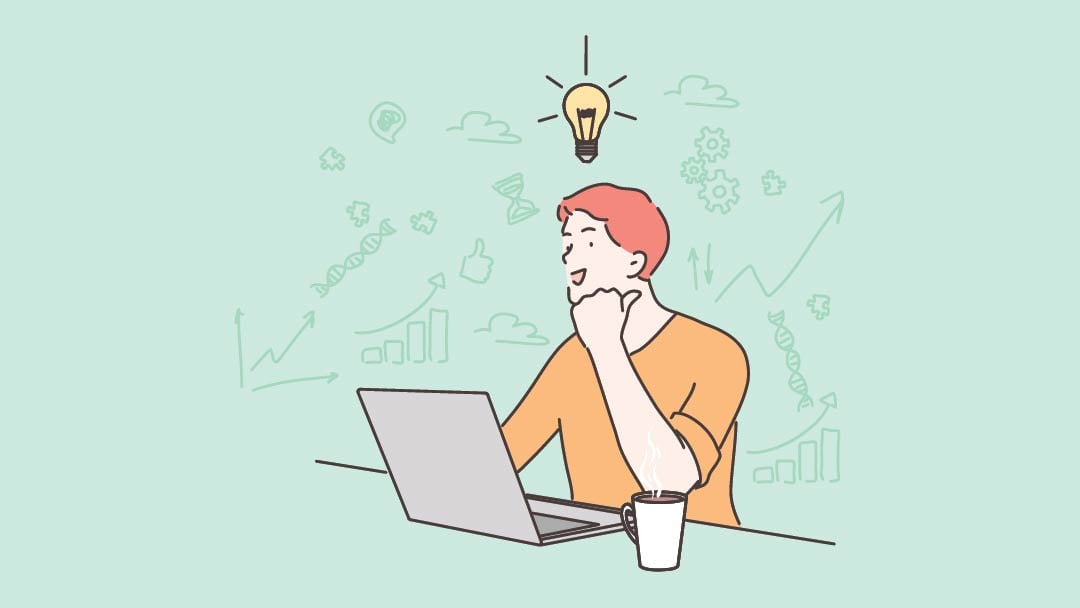All Categories
Featured
Table of Contents
- – Web Page Design: A Comprehensive Guide - Adobe...
- – Redtree Web Design - Pittsburgh Tips and Tric...
- – Webpage Design (Article) - Further Learning -...
- – Boxcar Studio - Wordpress & Drupal Web Design...
- – Web Developers And Digital Designers - Bureau...
- – Webpage Design (Article) - Further Learning -...
- – Why Is Web Design Important? - 6 Reasons To ...
- – Webpage Design (Article) - Further Learning ...
- – Awwwards - Website Awards - Best Web Design ...
- – What Is Web Design, How To Do It Right And B...
- – $899 - Custom Mobile Friendly Website Design...
Web Page Design: A Comprehensive Guide - Adobe Xd Ideas Tips and Tricks:
Quick summary Use and the energy, not the visual style, determine the success or failure of a website. Considering that the visitor of the page is the only person who clicks the mouse and for that reason decides whatever, user-centric style has actually developed as a standard technique for successful and profit-oriented web design - web design frederick md.
and the utility, not the visual style, identify the success or failure of a website. Since the visitor of the page is the only individual who clicks the mouse and therefore chooses whatever, user-centric style has become a basic approach for effective and profit-oriented website design. If users can't use a function, it might as well not exist.
g. where the search box ought to be placed) as it has actually already been performed in a number of posts; instead we focus on the techniques which, used correctly, can lead to more sophisticated design choices and streamline the procedure of perceiving presented details. Please see that you may be interested in the usability-related posts we have actually published prior to: Principles Of Great Website Style And Effective Website Design Standards, In order to use the concepts correctly we first require to understand how users communicate with sites, how they think and what are the standard patterns of users' habits.
Redtree Web Design - Pittsburgh Tips and Tricks:
Visitors glimpse at each brand-new page, scan some of the text, and click on the very first link that captures their interest or slightly resembles the important things they're searching for. There are large parts of the page they do not even look at. Most users look for something intriguing (or useful) and clickable; as quickly as some appealing candidates are found, users click.
If a page supplies users with premium material, they are prepared to jeopardize the content with advertisements and the design of the website. This is the reason that not-that-well-designed sites with top quality content gain a great deal of traffic over years. Material is more crucial than the style which supports it.

Extremely simple principle: If a site isn't able to meet users' expectations, then designer stopped working to get his task done properly and the company loses cash. The greater is the cognitive load and the less user-friendly is the navigation, the more prepared are users to leave the website and search for options.
Webpage Design (Article) - Further Learning - Khan Academy Tips and Tricks:
Neither do they scan webpage in a linear fashion, going sequentially from one site section to another one. Instead users satisfice; they choose the first sensible option. As quickly as they find a link that looks like it may result in the goal, there is a great possibility that it will be instantly clicked.
It does not matter to us if we comprehend how things work, as long as we can use them. If your audience is going to act like you're creating billboard, then style excellent billboards." Users desire to have the ability to control their internet browser and count on the constant information presentation throughout the website.
If the navigation and site architecture aren't intuitive, the variety of enigma grows and makes it harder for users to comprehend how the system works and how to obtain from point A to point B. A clear structure, moderate visual ideas and easily identifiable links can assist users to find their course to their aim.
Boxcar Studio - Wordpress & Drupal Web Design ... - Ann Arbor Tips and Tricks:

Given that users tend to check out websites according to the "F"-pattern, these 3 declarations would be the very first elements users will see on the page once it is filled. The design itself is simple and instinctive, to comprehend what the page is about the user needs to search for the answer.
When you've attained this, you can interact why the system is beneficial and how users can benefit from it. Don't Misuse Users' Perseverance, In every project when you are going to use your visitors some service or tool, try to keep your user requirements minimal.
First-time visitors are ready to, not filling long web types for an account they might never use in the future. Let users explore the site and discover your services without requiring them into sharing private information. It's not reasonable to force users to go into an email address to evaluate the feature.
Web Developers And Digital Designers - Bureau Of Labor ... Tips and Tricks:
Stikkit is a perfect example for an easy to use service which requires practically nothing from the visitor which is inconspicuous and comforting. Which's what you want your users to feel on your website. Apparently, Termite requires more. Nevertheless the registration can be carried out in less than 30 seconds as the form has horizontal orientation, the user does not even require to scroll the page.
A user registration alone is enough of an obstacle to user navigation to reduce inbound traffic. 3. Manage To Focus Users' Attention, As websites provide both fixed and vibrant material, some elements of the interface attract attention more than others do. Obviously, images are more captivating than the text simply as the sentences marked as strong are more appealing than plain text.
Focusing users' attention to particular areas of the website with a moderate usage of visual elements can help your visitors to get from point A to point B without thinking of how it in fact is expected to be done. The less enigma visitors have, the they have and the more trust they can establish towards the company the website represents.
Webpage Design (Article) - Further Learning - Khan Academy Tips and Tricks:
Aim For Feature Exposure, Modern web styles are generally criticized due to their method of directing users with aesthetically appealing 1-2-3-done-steps, large buttons with visual impacts etc. From the design perspective these components in fact aren't a bad thing.
The site has 9 primary navigation options which are visible at the first glance. The option of colors may be too light, though. is a basic principle of successful user interface style. It doesn't really matter how this is attained. What matters is that the material is well-understood and visitors feel comfy with the way they connect with the system.
Rather a rate: just what visitors are looking for. An optimal solution for efficient writing is touse short and succinct phrases (come to the point as rapidly as possible), usage scannable layout (categorize the content, utilize several heading levels, utilize visual elements and bulleted lists which break the circulation of uniform text blocks), usage plain and objective language (a promo does not require to sound like ad; offer your users some sensible and objective factor why they should use your service or stay on your site)6.
Why Is Web Design Important? - 6 Reasons To Invest In Site ... Tips and Tricks:
Users are hardly ever on a site to take pleasure in the style; moreover, in many cases they are looking for the information regardless of the style - web design frederick md. Strive for simpleness rather of intricacy. From the visitors' point of view, the very best site design is a pure text, without any ads or more material blocks matching exactly the query visitors used or the content they've been looking for.
Finch clearly provides the information about the website and provides visitors an option of choices without overcrowding them with unneeded material. 7. Don't Be Scared Of The White Space, Really it's actually tough to overestimate the significance of white space. Not only does it help to for the visitors, but it makes it possible to perceive the info provided on the screen.
Complex structures are more difficult to read, scan, analyze and deal with. If you have the option in between separating 2 style segments by a noticeable line or by some whitespace, it's normally much better to use the whitespace service. (Simon's Law): the better you handle to supply users with a sense of visual hierarchy, the easier your material will be to view.
Webpage Design (Article) - Further Learning - Khan Academy Tips and Tricks:
The very same conventions and guidelines need to be used to all elements.: do the most with the least amount of cues and visual elements. Four major points to be considered: simplicity, clearness, distinctiveness, and focus. Simplicity consists of only the elements that are most important for communication. Clearness: all parts must be created so their significance is not uncertain.
Conventions Are Our Good friends, Traditional design of site aspects doesn't result in a boring web website. It would be a functionality problem if all websites had various visual discussion of RSS-feeds.
understand what they're anticipating from a site navigation, text structure, search placement etc. A typical example from use sessions is to translate the page in Japanese (presuming your web users don't know Japanese, e. g. with Babelfish) and provide your usability testers with a job to find something in the page of different language.
Awwwards - Website Awards - Best Web Design Trends Tips and Tricks:
Steve Krug suggests that it's much better to, but take benefits of conventions when you do not. 10. Test Early, Test Typically, This so-called TETO-principle must be applied to every web style job as use tests frequently supply into substantial problems and concerns related to a provided design. Test not far too late, not insufficient and not for the wrong reasons.
Some important indicate remember: according to Steve Krug, and screening one user early in the job is better than screening 50 near completion. Accoring to Boehm's first law, mistakes are most frequent during requirements and design activities and are the more costly the later on they are eliminated.
That indicates that you create something, test it, fix it and then evaluate it once again. There may be problems which have not been discovered during the very first round as users were virtually obstructed by other problems. usability tests. Either you'll be indicated the problems you have or you'll be indicated the absence of major style flaws which is in both cases an useful insight for your task.
What Is Web Design, How To Do It Right And Best Skills - Rock ... Tips and Tricks:

This holds for designers too. After you have actually dealt with a site for couple of weeks, you can't observe it from a fresh perspective any longer. You know how it is constructed and therefore you know precisely how it works you have the knowledge independent testers and visitors of your website wouldn't have.
It can be connected to other locations such as graphic design, user experience, and multimedia arts, however is more appropriately seen from a technological viewpoint. It has become a big part of individuals's daily lives. It is tough to imagine the Internet without animated graphics, different styles of typography, background, videos and music.

During 1991 to 1993 the Internet was born. Text-only pages might be seen utilizing a basic line-mode browser. In 1993 Marc Andreessen and Eric Bina, created the Mosaic web browser. At the time there were numerous web browsers, however most of them were Unix-based and naturally text heavy. There had actually been no integrated method to graphic style aspects such as images or noises.
$899 - Custom Mobile Friendly Website Design By Go Web ... Tips and Tricks:
The W3C was developed in October 1994 to "lead the Internet to its full potential by establishing common procedures that promote its development and ensure its interoperability." This discouraged any one company from monopolizing a propriety web browser and programs language, which might have altered the impact of the Internet as a whole.
As this has occurred the innovation of the web has likewise moved on. There have also been considerable changes in the way people use and access the web, and this has altered how websites are designed.
Learn more about Lovell Media Group LLC or TrainACETable of Contents
- – Web Page Design: A Comprehensive Guide - Adobe...
- – Redtree Web Design - Pittsburgh Tips and Tric...
- – Webpage Design (Article) - Further Learning -...
- – Boxcar Studio - Wordpress & Drupal Web Design...
- – Web Developers And Digital Designers - Bureau...
- – Webpage Design (Article) - Further Learning -...
- – Why Is Web Design Important? - 6 Reasons To ...
- – Webpage Design (Article) - Further Learning ...
- – Awwwards - Website Awards - Best Web Design ...
- – What Is Web Design, How To Do It Right And B...
- – $899 - Custom Mobile Friendly Website Design...
Latest Posts
Mrw Web Design - Wordpress Websites For Nonprofits ... Tips and Tricks:
The Top 10 Most Important Elements Of A Website Design Tips and Tricks:
Otc Web Design Girdwood, Alaska - Web Design & Google ... Tips and Tricks:
More
Latest Posts
Mrw Web Design - Wordpress Websites For Nonprofits ... Tips and Tricks:
The Top 10 Most Important Elements Of A Website Design Tips and Tricks:
Otc Web Design Girdwood, Alaska - Web Design & Google ... Tips and Tricks: